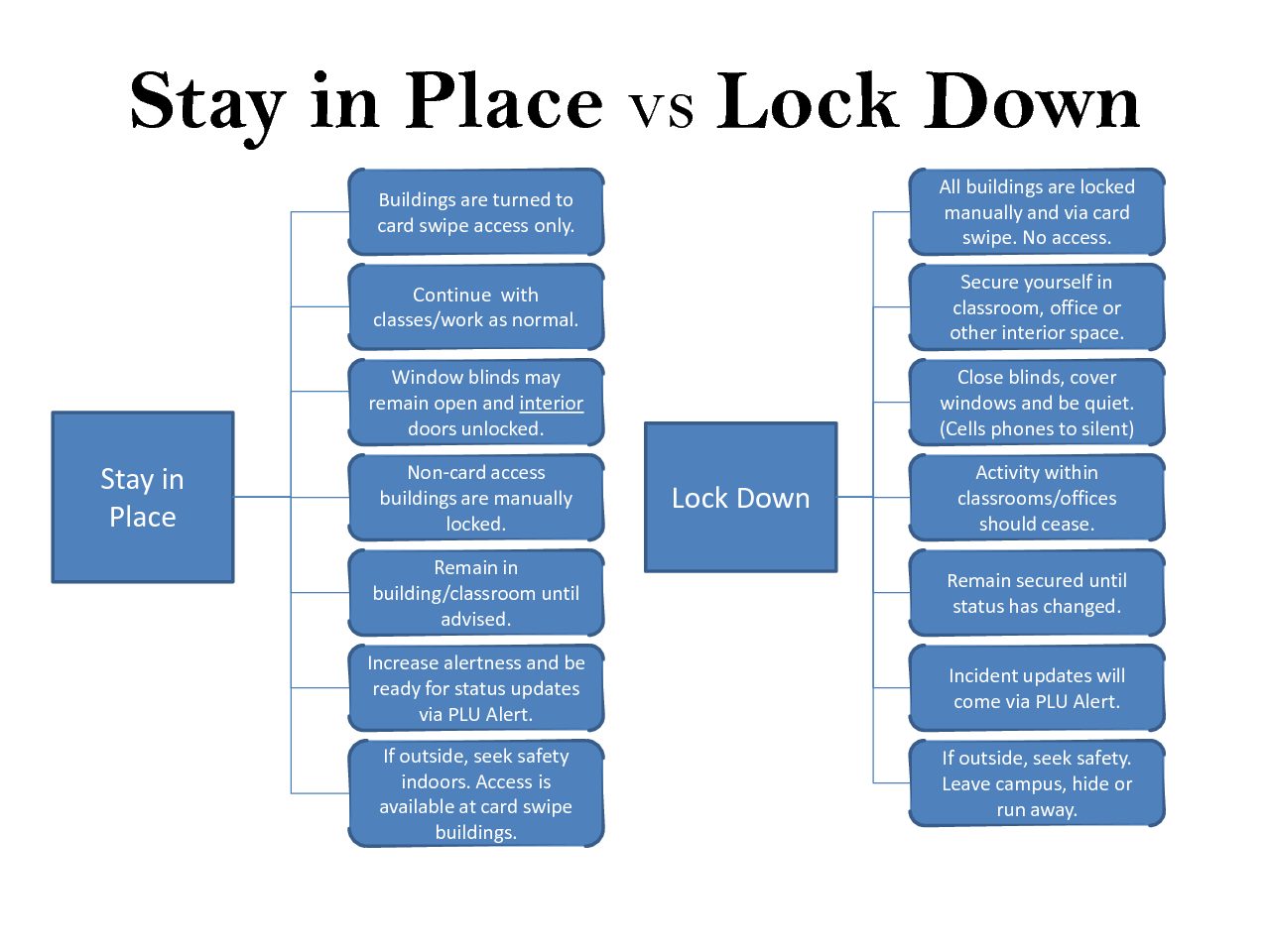By Peter Mueller, Guest Writer
In the early 1980s, a group of baseball statistics geeks created fantasy sports. Their system allowed individuals to construct teams with players from across a respected league and pit them against their friend’s lineup. Points were calculated by an individual’s lineup performance.
Today, the socially competitive phenomenon of fantasy sports has invaded the fields of cubicles across the United States.
Competitive leagues with cash prizes are rising in popularity, and with them come the fees for joining these fantasy leagues. The fantasy sports market has more than tripled in size since 2004, and has analysts expecting more rapid growth to come, ESPN reports.
Rarely will one overhear people in class discussing their fantasy baseball lineups, because in the U.S., football is king. Football rules the competitive purgatory of fantasy sports with a total of 72 percent of all fantasy sports involvement. This year, there are more than 35 million Americans participating in fantasy sports.
It may be surprising to look at who comprise these 35 million Americans.
The average participant is a forty-one-year-old white male, making roughly $92,000 annually, who has a family and owns a house, according to the Fantasy Sports Trade Association (FSTA), a company that measures the fantasy sports market.
Yet middle-age family men aren’t the only ones getting involved. In fact, women account for 25 percent of the market, a percentage that is slowly growing. FSTA reports that the under-18 demographic is the fastest growing demographic.
With 35 million participants spending an average of $111 annually on fantasy sports, and with a growing percentage of Americans owning a smart phone, the fantasy sports market is now a $1 billion industry and growing.
Back in 2008, fantasy sports were an $800 million industry. After experiencing an average growth rate of 5 percent over the past five years, FSTA predicts the market to bring in more than $1.2 billion this year.
There are two answers for where this money comes from: ad revenue and league entry fees. FSTA found that only 7 percent of fantasy players used one website to compile information, while 48 percent of players use four or five websites.
These players also log an average of 25-30 hours a week on fantasy websites. This has advertisers rushing to capture ad space and, with the low barriers of entry into the market, entrepreneurs are looking to catch a slice of the ad revenue being dished out.
Many are concerned with the rapid growth in fantasy sports and its legal gambling nature. Back in 2001, the nation was obsessed with online poker, and posted the same feverous growth as fantasy sports did. Lawmakers later ruled online poker illegal in 2002, destroying the online poker market with one swift blow.
Today many fantasy sports players are registering for pay-to-play tournaments, such as the Fantasy Football Players Championship. Many of these pay-to-play tournaments have fees of more than $1,000 with payouts of up to $1 million.
Some worry the gambling-like structure of fantasy sports will attract negative attention from lawmakers, and it will meet the same fate as online poker.
As for now, it seems that fantasy sports is becoming more embedded in American culture, and with an expectation of becoming a $1.7 billion industry in 2015, fantasy sports show no signs of slowing down.





























